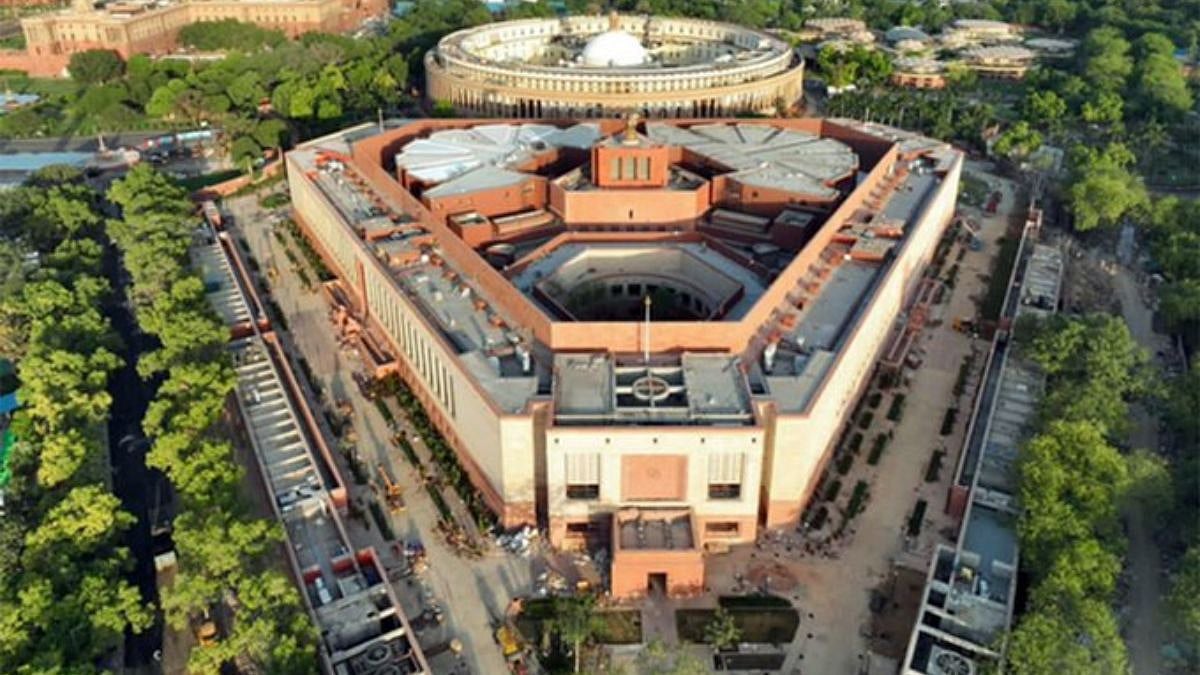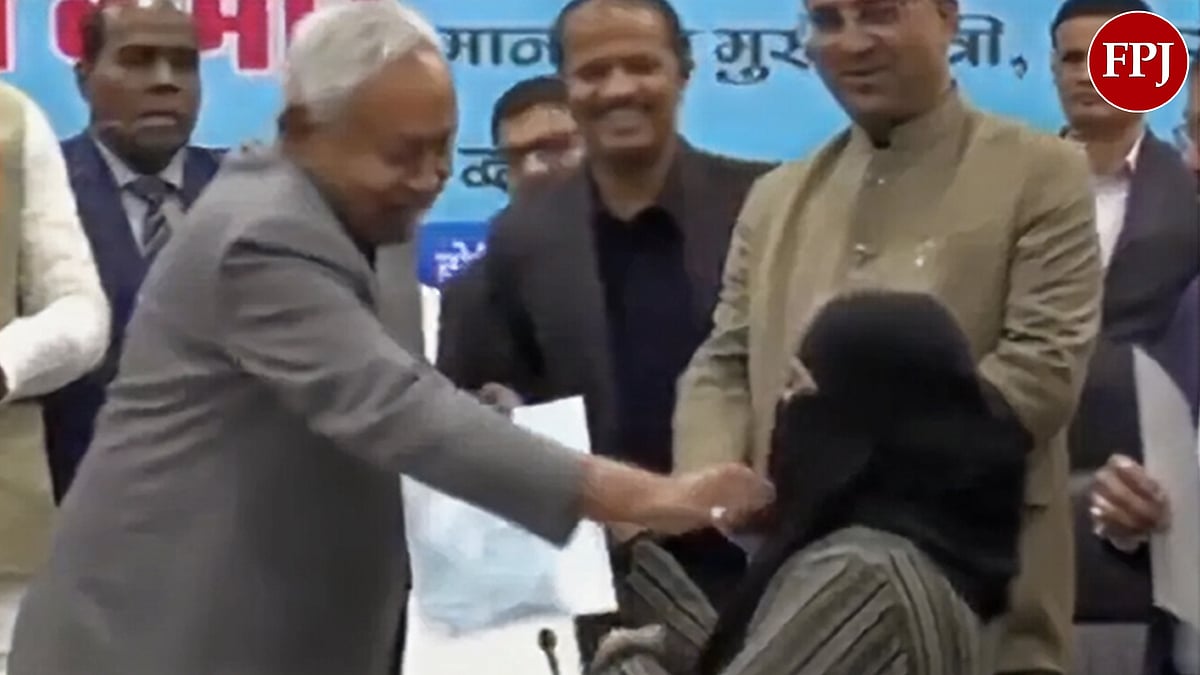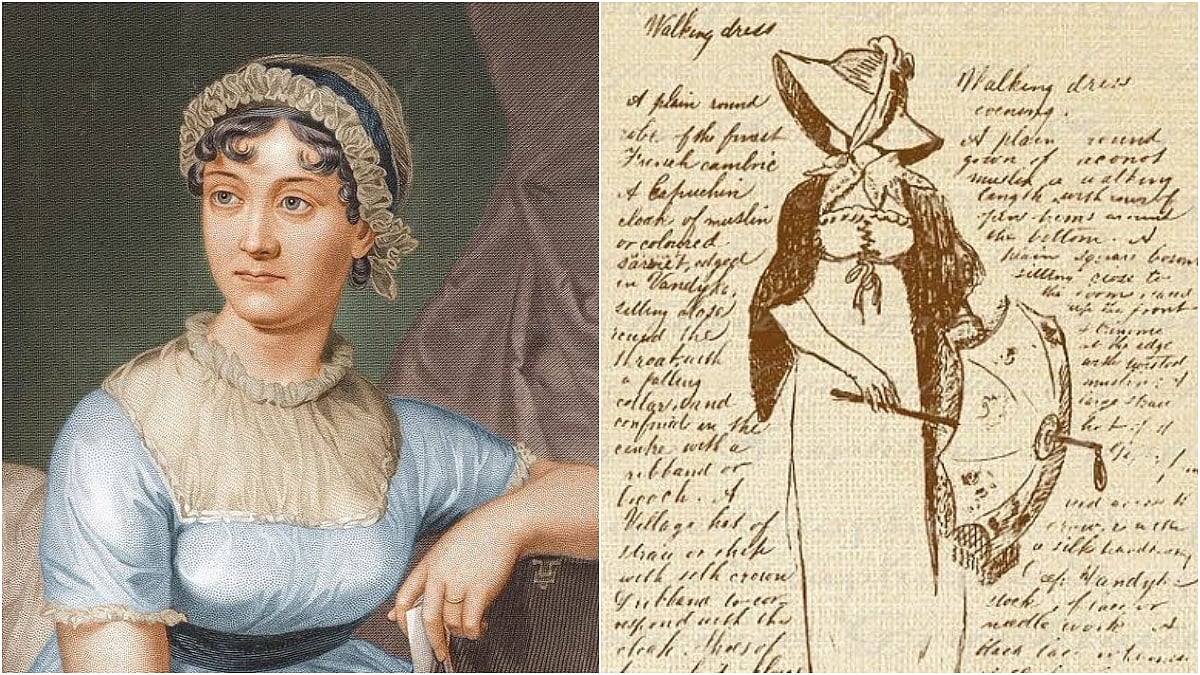Modi is confronted by a lacklustre opposition that cannot even derive political advantage from the monumental note ban failure. It is for this reason that the polls in different parts of the country show that the BJP’s fortunes have not been impacted by the demonetisation woes.
When he stunned the nation by his decision to withdraw 86 percent of the currency in circulation on November 8th, Prime Minister Narendra Modi had announced three objectives – war on black money, restriction on terror funding and fighting the challenge of counterfeit notes.
It was in sync with his strategy to disclose as little as possible of the details of his roadmap for the demonetisation drive. He did talk of short term pain and long term gain, but kept quiet about the details of both. So, we actually do not know officially as to how much of the 86 percent of the outlawed currency was supposed to be black money. But the rough idea that the supporters of demonetisation and government officials had was that when the December 30th deadline expired anything between 3-4 lakh crores would remain out of the banking system. The rationale being that hoarders of black money would not have the courage to face the authorities, and therefore they would junk this cash; this was supposed to be the bounty that the Modi Sarkar would earn from demonetisation.
But the reality has been quite different. Almost 97 percent of the 86 percent currency outlawed by the Prime Minister has come back into the banking system. So, there is no bounty for Modi Sarkar. Thus proving that if the objective is to unearth black money then demonetisation is not the way to go. In terms of policy decisions this is prime minister Modi’s biggest failure. He has called it his boldest initiative, but the results are there for everyone to see.
In so far as the other two objectives of restraining terror funding and eliminating counterfeiting of notes are concerned, the less said the better. Their share in the outlawed currency was very miniscule, and there was no need to go for a massive exercise like demonetisation to tackle these problems.
The return of the huge amount of cash into the banking systems shows that Indians are unafraid of the threats of strong action that would follow if they are discovered to have unaccounted cash. It shows that they are prepared to face the consequences of any inquiry that may follow after they have deposited the cash in banks.
Besides, there is the larger reality. India is largely a cash economy and most of the day to day transactions are above board. If there has been anecdotal evidence that the people have supported the demonetisation decision inspite of the cash crunch, then the other reality is equally true. The cash crunch has hit the small businesses across the length and breadth of the country and rendered millions jobless. Moreover, it is not likely that the same people would get their jobs back even when the cash situation improves. They have gone back to the villages and in all likelihood their jobs would be taken by others. The damage for these people is permanent.
In the interest of transparency and accountability, it would have been much better if the Prime Minister had shared his road map post demonetisation with the people either through the parliament or through any of his numerous public speeches. In the absence of this, there is a crippling uncertainty in the overall economic situation. For instance, the 50-day period of pain sought by him is over, and yet there is no clarity when the restrictions on the withdrawal of money through your bank accounts or ATMs would be withdrawn. These restrictions are not only an assault on individual freedom, but are also crippling the functioning of small and medium enterprises. A modest popular expectation was that these restrictions would be withdrawn at the end of the 50-day pain period.
But the wider inefficiency of the banking system is responsible for it. For any organisation, 50 days is quite a long period to sort out all the hassles in getting the required amount of currency in place to meet the needs of the people. At the apex level it is the failure of the Reserve Bank of India to project the cash needs and ensure that banks and ATMs have the necessary money. The fact that the RBI is not willing to give a definitive deadline for withdrawing the restrictions implies that it has not yet come to grips with the solution to the cash crunch.
The failure to unearth black money through demonetisation is matched by the Modi sarkar’s juvenile attempt to create a “less cash society.” As a propaganda ploy and a device for photo-ops this is a good thing. But pray what is a less cash society going to achieve? Empirical evidence in countries like Kenya that have followed this route, shows that a cash less society is not necessarily a corruption free society. The fact remains that by talking of demonetisation or a less cash society Prime Minister Modi is behaving like a doctor whose remedies are worse than the maladies he is seeking to treat. It has perhaps escaped his understanding that corruption is a systemic problem that cannot be fought through one off moves like demonetisation.
But then he is a lucky leader. He is confronted by a lacklustre opposition that cannot even derive political advantage from the monumental note ban failure. It is for this reason that the polls in different parts of the country show that the BJP’s fortunes have not been impacted by the demonetisation woes. He escaped parliamentary scrutiny because the opposition preferred to create ruckus instead of seeking answers to critical questions.
Now he is on to his biggest test in Uttar Pradesh. He either confirms his reputation as the BJP’s biggest vote getter or loses his credentials like he did in Bihar. Either way, the remainder of his term would be impacted by the results of the UP elections. On the form of 2014 elections, he would have to make several mistakes to lose UP in 2017. He stands on a solid wicket.









